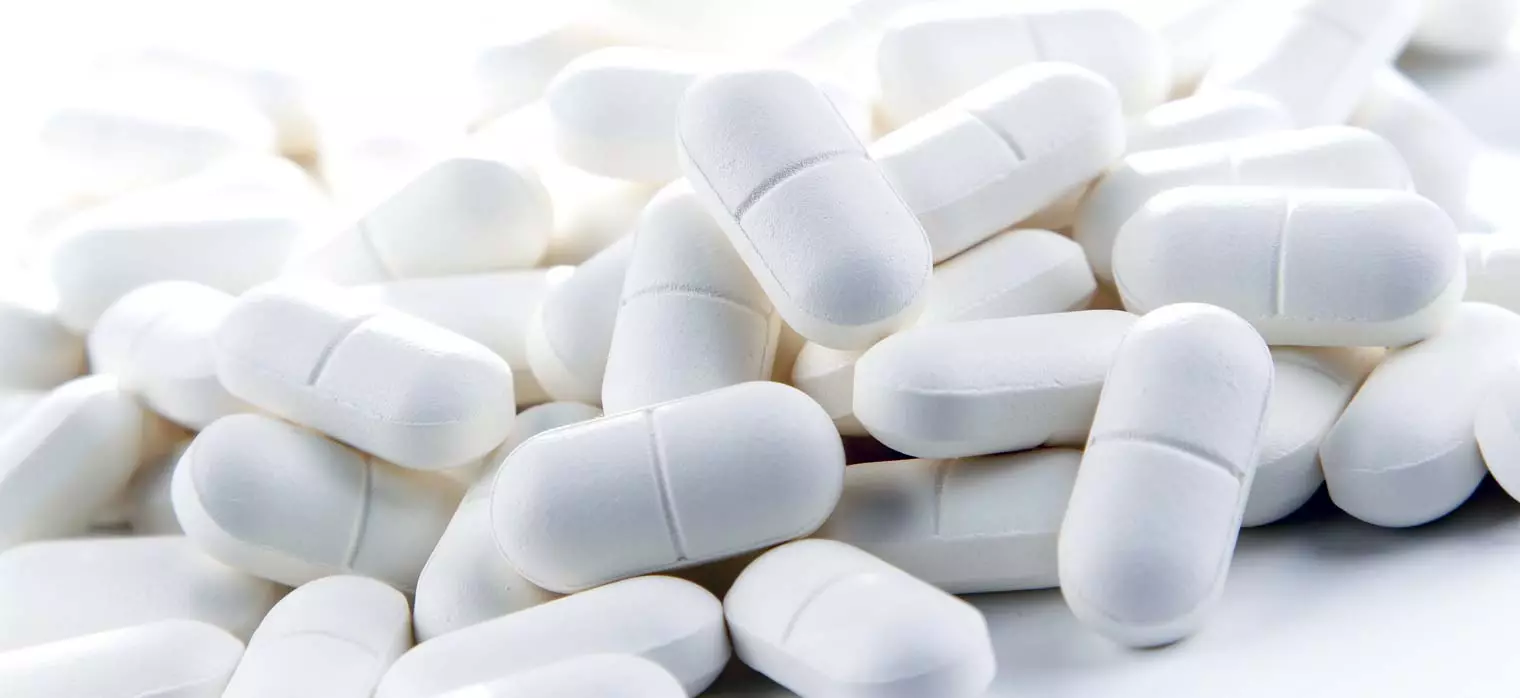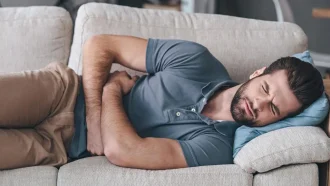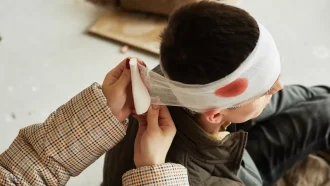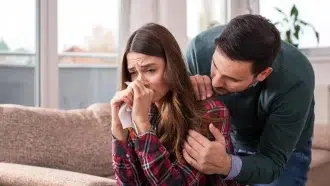
Fentapills: What you need to know
The Rise of Fentanyl In America
Table of Contents
Fentanyl is a powerful, synthetic opioid similar to morphine but is 50 to 100 times more potent. It’s most commonly used to treat severe pain in cancer patients, those with chronic pain, and people experiencing acute pain. According to the National Institute on Drug Abuse, the drug was first synthesized in 1959 and used since the 1960s as an anesthetic.
The opioid epidemic is a severe public health crisis, but prescription drugs are only part of the problem. Heroin and fentanyl have become popular alternatives to prescription opioids, and both drugs are hazardous. It’s often sold on the street as heroin or pressed into pill form as counterfeit painkillers like oxycodone or Xanax.
According to the Centers for Disease Control and Prevention (CDC), opioid overdose deaths increased by 30 percent from July 2016 through September 2017 compared to the same period from 2015 through 2016 — and most of those deaths were caused by fentanyl or other synthetic opioids.
Opioid Addiction Treatment Hotline
Is Fentanyl Dangerous?
Fentanyl is incredibly potent. It takes just 2 milligrams of fentanyl to cause an overdose in an adult male who has never used opioids before. The lethal dose is only 5 mg! A deadly dose of fentanyl can be as little as 0.25 mg if you use other drugs or alcohol simultaneously. This means that a tiny amount of fentanyl can kill you, and it’s easy to get too much accidentally or on purpose if you don’t know what you’re doing or how much to use.
Suppose a drug user gets just a little too much fentanyl by accident. In that case, they might not feel any effects at first — but suddenly, their breathing will slow down or stop entirely, and they can die from respiratory failure within minutes or seconds without immediate medical treatment.
Further adding to how malignant the drug is, fentanyl has no taste or odor, so it can easily be added to other medications or substances without anyone knowing its presence.
What Is a Fentapill?
The term fentapill is commonly used to describe a range of non-prescription, black-market pills that contain the powerful opioid drug fentanyl. The underground labs that create Fentapills manufacture them to look like pharmaceutical-grade pills.
The significant difference here is the intention to get people hooked on the substance, which results in massively elevated, unmonitored levels of the drug. The other major factor of concern with these black market pills is the complete lack of oversight or “quality control.”
They are made in unsanitary locations with the unmitigated presence of toxins. They are often deliberately cut or mixed with toxic substances to reduce the cost of manufacturing even further. Dealers sell fentanyl in the form of fentapills primarily because of how economically viable it is.
The drug is incredibly potent, which means that they can up the volume while keeping costs low, and when it is in pill form, they can further maximize their profits by cutting it with other toxic substances.
Can you overdose from a single fentapill?
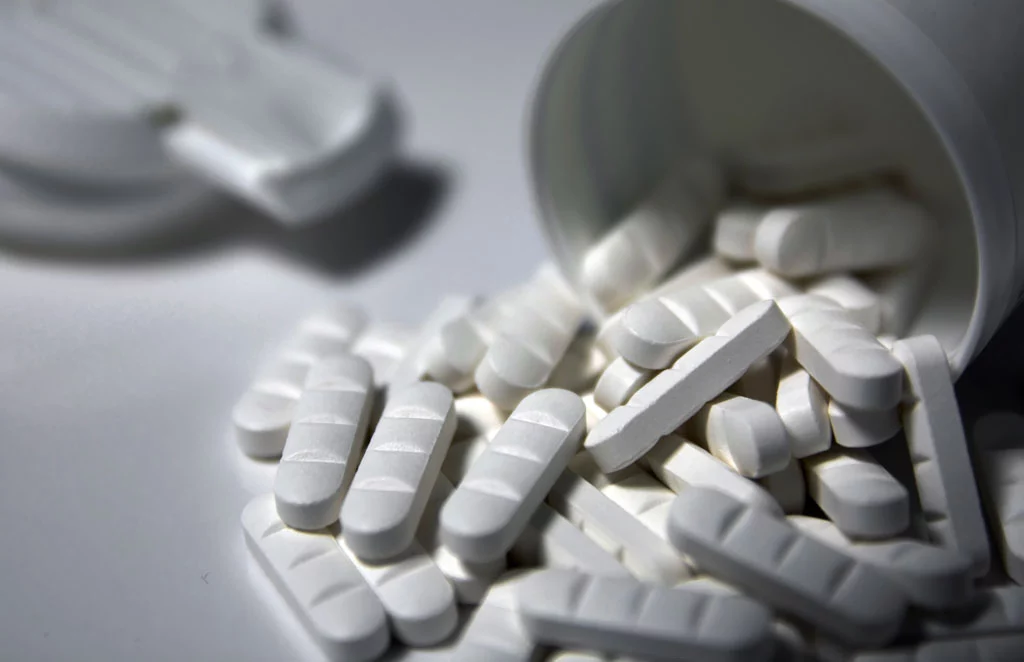
How easy is it for someone to overdose on a single pill? Very easy. Shockingly easy. Fentanyl is up to 100 times more potent than morphine, so, all things considered, this is not much of a real surprise. According to a recent study, it can take only one pill for someone to overdose on fentanyl.
The study, published in the Journal of Urban Health, found that users consumed more of the drug than they intended. The researchers interviewed users who had overdosed and those who hadn’t. They asked them about their experiences with fentanyl and other opioids and their use behaviors.
Of the 12 people interviewed, 11 had used at least one illegal drug in the past year, including heroin, cocaine, and methamphetamine. Eight of them had also used fentanyl within 90 days of being interviewed.
Most reported using more fentanyl than they intended: Five said they took it because they didn’t have enough money to buy heroin; four said they took it because it was easier to get; three said they took it because it was cheaper than heroin; two said they took it because they wanted to get high; one said he took it because he wanted to kill himself, and one reported taking it for both reasons.
It is important to remember that there are no safe levels of drug use. Even if you use it just once, you are at risk for an overdose if the dealer manufactured a strong dose or if it’s cut with another toxic substance.
The Risks of Buying Prescription Drugs Online
Buying prescription drugs from an unlicensed seller or a source other than your doctor or pharmacist can put you at risk for serious health problems. Illegal prescription drug sellers may not provide enough information about their products, so you won’t know what ingredients are in them or whether they’re safe for you to take. If you have a medical condition, these drugs may interact with other medications or cause dangerous side effects.
However, engaging in the unlawful purchase of prescription drugs comes with a host of risks. Some of the more common are:
- Counterfeit drugs: Many of these sites sell counterfeit medications that look like brand-name drugs but contain harmful ingredients. Bodily harm and potential overdose are ALWAYS a possibility.
- Falsified drug information: Almost universally, these illegal websites lie about the benefits of their products or make false claims about how they work. Others might not have enough data to give you a good idea of what’s in the drug and whether it’s likely to fulfill your needs.
- Infected computer software: Some sites use infected computer software to store your credit card information, leading to severe problems if your computer becomes infected by viruses or spyware that steals personal information. Because of the inherent nature of a website where one illegally acquires prescription substances, they are unlikely to have proper security protocols and far more likely to have malicious trackers.
- It is a crime: This one almost goes without saying, but it needs to be said. Engaging in the unlawful purchase of prescription drugs is a criminal act that can result in being charged with a crime and, after that, prosecuted.
24 Hour Drug Addiction Treatment
What To Do When Someone Overdoses?
How do I know if someone has overdosed? It depends on the drug and how much was taken. But some signs can indicate an overdose:
- The person can’t be woken up or is confused and unresponsive.
- The person’s skin is clammy (cool and moist).
- The person has pinpoint pupils (smaller than usual).
- The person has slow or erratic breathing.
- The person isn’t urinating normally.
- Trouble standing up straight or walking.
- Vomiting.
- Body temperature below 95 degrees Fahrenheit (35 degrees Celsius).
- Seizures or convulsions.
If you suspect someone has overdosed on drugs, you should call 911 immediately. Subsequently, keep them awake and talking. If they can’t keep their eyes open or talk, shake them gently but firmly by the shoulders and ask them questions such as “What’s your name?” or “Where are you?”
Be careful not to shake them too hard — this could cause brain damage or a loss of consciousness.
Make sure they don’t choke on any fluids coming from their mouth. If necessary, turn them on their side to keep airways clear. Don’t try to force anything into their mouth; don’t use a spoon or syringe because it might push material farther down into the throat instead of drawing it out.
You might have heard the term “naloxone” and wondered what it is and why you need it. Naloxone is a medication that can reverse an overdose. It can save lives by temporarily reversing an overdose and giving emergency medical responders time to get the person help.
Educating yourself on this medication, where to get it, and how to administer it can be a lifesaver if you have a loved one struggling with a substance abuse problem.
Seeking Treatment For Opioid And Opiate Use

In 2015, an estimated 2 million Americans abused or were dependent on opioid pain medications, according to the National Institutes of Health (NIH).1 More than half of all drug overdose deaths involve an opioid.2 The Centers for Disease Control found that in 2016 alone, more than 42,000 Americans died from an opioid overdose — that’s higher than any other year on record since 1999.
If you’re struggling with opioid abuse or addiction, know that help is available. Treatment options are available for all types of opioid use disorders—from methadone maintenance therapy (MMT) and buprenorphine-naloxone (Suboxone) treatments for long-term use to short-term detox programs for acute withdrawal symptoms.
Immediate Placement for Addiction Treatment
Effective Methods of Treating Fentanyl Addiction
Fentanyl addiction can be crippling for those who suffer from it. This drug is more potent than morphine and heroin, making it extremely dangerous when abused. Fentanyl use has been linked to numerous overdose deaths across the country, making it necessary for people who are addicted to seek treatment as soon as possible.
Treating fentanyl addiction can be difficult because of the extreme potency of the drug. Recovering from this addiction takes time and patience, but several methods have been proven effective in helping people to recover from opioid dependence:
- Inpatient treatment programs: This program requires patients to stay at the facility for an extended period (typically 30-90 days). During this time, they will receive therapy, group counseling sessions, and other forms of support from medical staff members who specialize in substance abuse treatment. They will also learn to manage their cravings while dealing with withdrawal symptoms to begin their recovery process without relapsing into old behaviors that could trigger another episode of abuse or addiction.
- Medication-assisted treatment (MAT): MAT combines counseling and other forms of therapy with medications like methadone or buprenorphine that help reduce cravings and withdrawal symptoms while also blocking the effects of other drugs. These FDA-approved medications are considered safer than street drugs because they don’t cause overdose death or dependency on illegal substances like heroin, or prescription opioids do. MAT is one of the most effective ways to treat opioid addiction.
- Outpatient care: This form of treatment allows you to continue living at home while receiving counseling at a local clinic or hospital during daytime hours. Outpatient treatment programs are often best suited for persons without debilitating habits or as a step-down for those who have passed the acute addiction stage.
Find Effective Fentanyl Treatment in Arizona Now
Fentanyl is a dangerous and deadly substance. It’s already caused so much untold destruction to people’s lives. Seeking help doesn’t have to be hard. Emerald Isle Recovery can help you find your way out of the shadow of addiction. It all starts with effective fentanyl treatment. If you want to get started on your treatment regimen, contact us today. The sooner we get started is the sooner you can return and re-embrace your life as a recovered person.
